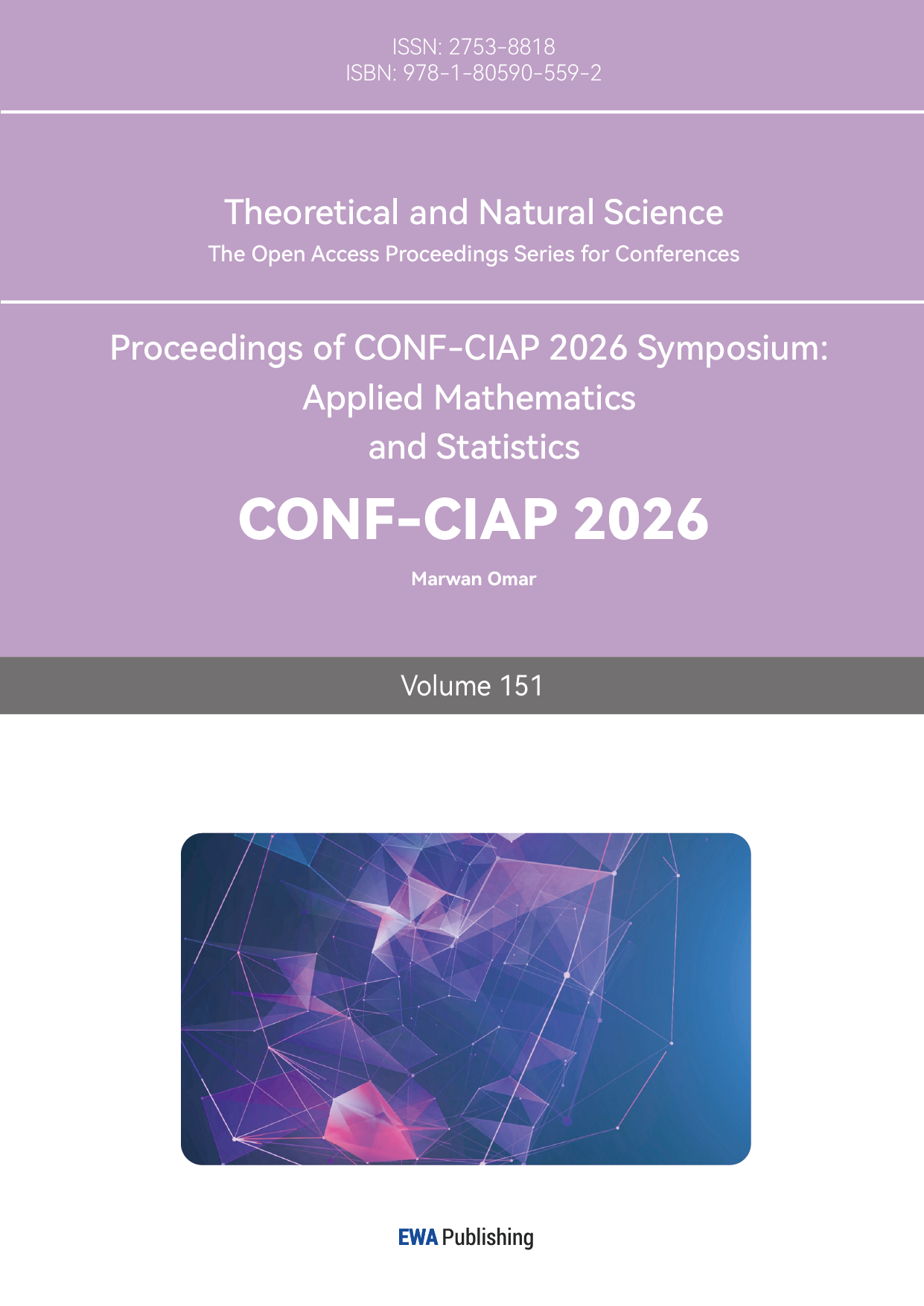References
[1]. Pinch, T., & Trocco, F. (2004). Analog Days: The Invention and Impact of the Moog Synthesizer. Harvard University Press. 10.4159/9780674042162
[2]. Chen, Y., Huang, L., & Gou, T. (2024, September 3). Applications and Advances of Artificial Intelligence in Music Generation: A Review. arXiv: 2409.03715
[3]. Yang, Y. (2024, March 13). Analysis Of Different Types of Digital Audio Workstations. Highlights in Science Engineering and Technology, 85, 563-569. 10.54097/6vvy8z41
[4]. Manan, Verma, G., Singh, S., & Kukreti, K. (2022, December 23-24). A Review of Multimedia Processing and its Application in MIDI. 2022 2nd International Conference on Innovative Sustainable Computational Technologies (CISCT), 1-5. 10.1109/CISCT55310.2022.10046532
[5]. Xiong, Z., Wang, W., Yu, J., Lin, Y., & Wang, Z. (2023, August 26). A Comprehensive Survey for Evaluation Methodologies of AI-Generated Music. arXiv: 2308.13736
[6]. van den Oord, A., Dieleman, S., Zen, H., Simonyan, K., Vinyals, O., Graves, A., Kalchbrenner, N., Senior, A., & Kavukcuoglu, K. (2016, September 19). WaveNet: A Generative Model for Raw Audio. arXiv: 1609.03499
[7]. Wang, Y., Skerry-Ryan, R., Stanton, D., Wu, Y., Weiss, R. J., Jaitly, N., Yang, Z., Xiao, Y., Chen, Z., Bengio, S., Le, Q., Agiomyrgiannakis, Y., Clark, R., & Saurous, R. A. (2017, April 6). Tacotron: Towards End-to-End Speech Synthesis. arXiv: 1703.10135
[8]. Schneider, F., Kamal, O., Jin, Z., & Schölkopf, B. (2024, August). Moûsai: Efficient Text-to-Music Diffusion Models (L.-W. Ku, A. Martins, & V. Srikumar, Eds.). Proceedings of the 62nd Annual Meeting of the Association for Computational Linguistics (Volume 1: Long Papers). arXiv.2301.11757
[9]. Huang, Q., Park, D. S., Wang, T., Denk, T. I., Ly, A., Chen, N., Zhang, Z., Zhang, Z., Yu, J., Frank, C., Engel, J., Le, Q. V., Chan, W., Chen, Z., & Han, W. (2023, March 6). Noise2Music: Text-conditioned Music Generation with Diffusion Models. arXiv.2302.03917
[10]. Donahue, C., McAuley, J., & Puckette, M. (2019, February 9). Adversarial Audio Synthesis. arXiv.1802.04208
[11]. Dong, H.-W., Hsiao, W.-Y., Yang, L.-C., & Yang, Y.-H. (2017, November 24). MuseGAN: Multi-track Sequential Generative Adversarial Networks for Symbolic Music Generation and Accompaniment. arXiv.1709.06298
[12]. Liang, F. (2016, August). BachBot: Automatic composition in the style of Bach chorales. https: //www.mlmi.eng.cam.ac.uk/files/feynman_liang_8224771_assignsubmission_file_liangfeynmanthesis.pdf
[13]. Hadjeres, G., Pachet, F., & Nielsen, F. (2017, June 17). DeepBach: a Steerable Model for Bach Chorales Generation. arXiv.1612.01010
[14]. Agostinelli, A., Denk, T. I., Borsos, Z., Engel, J., Verzetti, M., Caillon, A., Huang, Q., Jansen, A., Roberts, A., Tagliasacchi, M., Sharifi, M., Zeghidour, N., & Frank, C. (2023, January 26). MusicLM: Generating Music From Text. arXiv: 2301.11325
[15]. Huang, C.-Z. A., Vaswani, A., Uszkoreit, J., Shazeer, N., Simon, I., Hawthorne, C., Dai, A. M., Hoffman, M. D., Dinculescu, M., & Eck, D. (2018, December 12). Music Transformer. arXiv: 1809.04281
[16]. Brunner, G., Konrad, A., Wang, Y., & Wattenhofer, R. (2018, September 20). MIDI-VAE: Modeling Dynamics and Instrumentation of Music with Applications to Style Transfer. arXiv: 1809.07600
[17]. Engel, J., Resnick, C., Roberts, A., Dieleman, S., Eck, D., Simonyan, K., & Norouzi, M. (2017, April 5). Neural Audio Synthesis of Musical Notes with WaveNet Autoencoders. arXiv: 1704.01279
[18]. Yang, L.-C., & Lerch, A. (2018, November 3). On the evaluation of generative models in music. Neural Computing and Applications, 32, 4773–4784. 10.1007/s00521-018-3849-7
[19]. Huang, J., Wang, J.-C., Smith, J. B. L., Song, X., & Wang, Y. (2021, March 26). Modeling the Compatibility of Stem Tracks to Generate Music Mashups. arXiv: 2103.14208
[20]. Gerstgrasser, M., Schaeffer, R., Dey, A., Rafailov, R., Sleight, H., Hughes, J., Korabk, T., Agrawal, R., Pai, D., Gromov, A., Roberts, D. A., Yang, D., Donoho, D. L., & Koyejo, S. (2024, April 29). Is Model Collapse Inevitable? Breaking the Curse of Recursion by Accumulating Real and Synthetic Data. arXiv: 2404.01413



